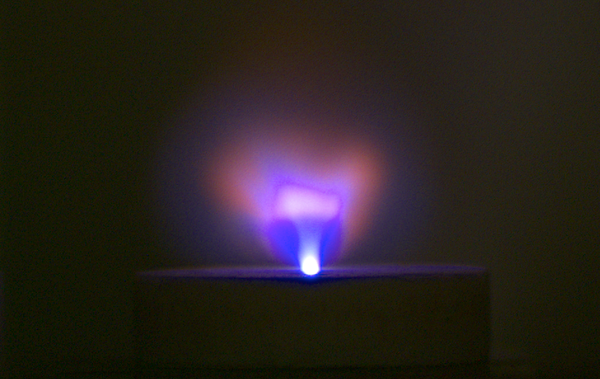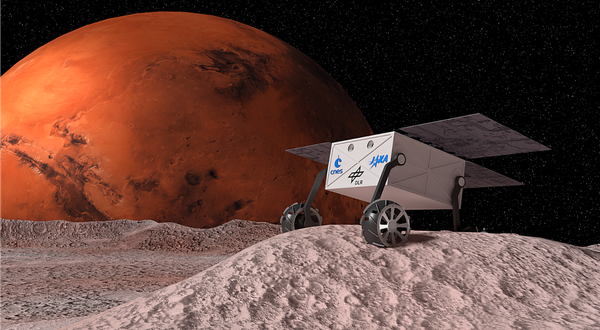Department In-Situ Sensing

The department In-Situ Sensing (ISS) at the DLR Institute of Optical Sensor Systems researches and develops methods for in-situ measurements on planetary bodies such as Mars, the Moon and asteroids. Examples are laser-induced breakdown spectroscopy (LIBS) and Raman spectroscopy with close-range image data for in-situ analysis of geomaterials. In addition to applications for geochemical or mineralogical investigations on Earth, a special focus is on the use of these techniques in spaceflight for the exploration of extraterrestrial surfaces with mobile robots.
New approaches and developments, concerning hardware and prototypes as well as software, are tested in laboratory and feasibility studies. In addition, data from field measurements and space missions are used not only to optimize data analysis using state-of-the-art approaches such as from the field of machine learning, but also to develop modern and innovative instrument designs and configurations.
We are part of the science teams of NASA's rovers Curiosity and Perseverance, which are currently exploring our neighboring planet Mars, and will soon also be exploring the Martian moon Phobos with a particularly compact Raman spectrometer called RAX. Further mission participations are being prepared.






